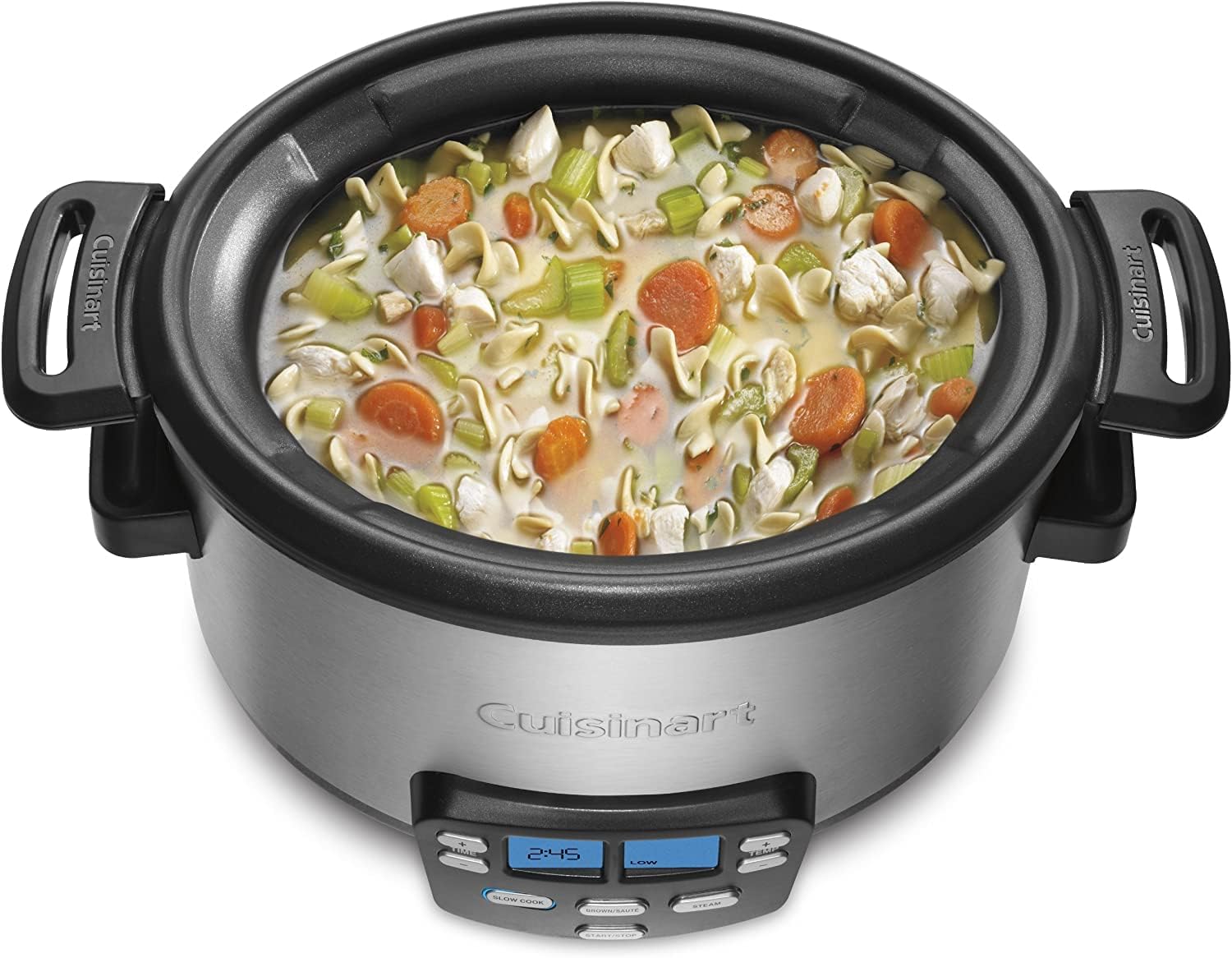

Articles
How Much Power Does A Slow Cooker Use
Modified: January 5, 2024
Discover how much power slow cookers use and save energy with these helpful articles on slow cooker energy consumption.
(Many of the links in this article redirect to a specific reviewed product. Your purchase of these products through affiliate links helps to generate commission for Storables.com, at no extra cost. Learn more)
Introduction
Welcome to the world of slow cookers, where delicious and convenient meals await! Slow cookers, also known as crockpots, have become a staple in many kitchens for their ability to effortlessly create flavorful dishes with minimal effort. Whether you’re a busy professional, a culinary enthusiast, or someone who simply enjoys the convenience of a set-it-and-forget-it cooking method, slow cookers offer a fantastic solution.
In this article, we will explore the power consumption of slow cookers and provide insights into how much electricity they use. Understanding the energy usage of your slow cooker not only helps in managing your utility bills but also promotes an environmentally-friendly approach to cooking.
But before we delve into the power consumption details, let’s take a moment to understand how slow cookers work and why they have gained immense popularity.
Key Takeaways:
- Slow cookers consume between 200-400 watts, making them energy-efficient. Factors like size, cooking time, and temperature settings influence power usage. Follow tips to further reduce energy consumption and enjoy convenient cooking.
- Understanding power consumption of slow cookers helps manage energy usage. Factors like size, cooking time, and lid usage influence power consumption. By making small adjustments and following tips, you can optimize energy efficiency.
Read more: How Much Power Does Dryer Use
Understanding Slow Cookers
Slow cookers are kitchen appliances designed to cook food at a low and steady temperature over an extended period of time. They consist of a heating element, a removable pot, and a lid. The heating element, typically located at the bottom of the cooker, warms the contents of the pot.
The concept behind slow cooking is based on the principle of low and slow heat. By cooking food at a lower temperature for a longer duration, slow cookers allow flavors to develop and tenderize meat, resulting in succulent and melt-in-your-mouth dishes. This gentle cooking method also retains more nutrients compared to traditional stovetop or oven cooking.
Slow cookers offer a convenient way to prepare meals. Once ingredients are added to the pot and the desired temperature setting is selected, you can safely leave the cooker unattended for hours, allowing you to go about your day without worry. This makes slow cookers an ideal choice for busy individuals and families.
Additionally, slow cookers are versatile appliances that can be used to prepare a wide variety of dishes, including soups, stews, casseroles, roasts, and even desserts. With a few basic ingredients and minimal preparation time, you can create delicious, home-cooked meals with ease.
Now that we have a good understanding of what slow cookers are and how they work, let’s explore their power consumption and the factors that influence it.
Power Consumption of Slow Cookers
When it comes to power consumption, slow cookers are generally known for being energy-efficient appliances. They operate at a low wattage compared to other kitchen appliances such as ovens or microwaves. The exact power usage of a slow cooker can vary depending on several factors, including the size, model, and settings.
Typically, most slow cookers have power ratings ranging from 200 to 300 watts on the low setting, and 300 to 400 watts on the high setting. This means that the slow cooker will continuously draw that amount of power throughout the cooking process to maintain the desired temperature. The heating element of the slow cooker is designed to provide consistent heat, ensuring that your food cooks evenly and thoroughly.
It is worth noting that while slow cookers do consume electricity, they are more energy-efficient compared to other cooking methods. Since slow cookers utilize low and steady heat over a long period of time, they can often cook a meal using less electricity than traditional stovetop or oven cooking.
It is also important to consider the total cooking time when assessing the power consumption of a slow cooker. While it does consume electricity over several hours, the overall energy usage may still be less than cooking the same meal on the stovetop or in the oven for a shorter duration.
Now that we have an understanding of power consumption, let’s explore the factors that can influence the power usage of slow cookers.
Factors Affecting Power Consumption
Several factors can influence the power consumption of slow cookers. By understanding these factors, you can optimize the energy efficiency of your slow cooker and manage its electricity usage more effectively.
1. Size of the Slow Cooker: The size of the slow cooker plays a role in power consumption. Larger slow cookers require more electricity to maintain the desired temperature, while smaller ones may use less power. Consider the size of your slow cooker in relation to the quantity of food being cooked to ensure efficient energy usage.
2. Cooking Time: The length of the cooking process also affects power consumption. Slow cookers that are turned on for longer periods will naturally consume more power. However, as mentioned earlier, slow cookers are still considered energy-efficient as they use low and steady heat throughout the cooking time.
3. Temperature Setting: Most slow cookers have adjustable temperature settings, typically labeled as low, medium, and high. The power consumption will vary depending on the chosen setting. The low setting consumes less power compared to the high setting since it requires less energy to maintain a lower temperature. Consider using the lowest temperature setting necessary to cook your food safely to reduce power usage.
4. Food Quantity: The amount of food being cooked can indirectly affect power consumption. A slow cooker filled with ingredients will require more energy to reach and maintain the desired temperature compared to a partially filled or lightly loaded slow cooker. Consider adjusting the cooking time or temperature setting based on the quantity of food to optimize energy usage.
5. Lid Usage: Properly covering the slow cooker with the lid helps retain heat and reduce cooking time. When the food cooks faster, it can potentially lower power consumption. Always make sure to use the lid provided with your slow cooker to ensure maximum energy efficiency.
By considering these factors and making small adjustments, you can effectively manage the power consumption of your slow cooker and enjoy energy-efficient cooking.
Now that we understand the factors that can influence power consumption, let’s explore the average power usage of slow cookers.
To save power when using a slow cooker, try to minimize the amount of times you lift the lid to check on your food. Each time the lid is lifted, the temperature inside can drop by 10-15°F, increasing cooking time and energy usage.
Average Power Usage of Slow Cookers
The average power usage of slow cookers can vary depending on factors such as size, model, cooking time, and temperature settings. However, as a general guideline, most slow cookers consume between 200 and 400 watts of power during operation.
On the low temperature setting, a typical slow cooker may consume around 200 to 250 watts of power. This lower setting is ideal for longer cooking times and will consume less electricity compared to higher temperature settings.
On the high temperature setting, the power consumption of slow cookers can range from 300 to 400 watts. This higher setting is useful when shorter cooking times are desired or when recipes require faster heating of ingredients.
It’s important to note that while slow cookers do use electricity, they are designed to be energy-efficient. The continuous and prolonged cooking at low temperatures allows for the slow cooker to cook food using less power compared to other cooking methods. This makes slow cookers an economical and energy-saving choice for preparing meals.
Additionally, the total power consumption of a slow cooker will depend on the duration of the cooking process. Slow cooking requires longer cooking times, often ranging from 4 to 8 hours or more. However, even with extended cooking times, slow cookers remain energy-efficient due to their low wattage and steady heat distribution.
By considering the average power usage and understanding the energy-saving benefits of slow cooking, you can make informed decisions about using your slow cooker and manage your energy consumption effectively.
Now, let’s explore some tips on how to reduce power consumption while using a slow cooker.
Read more: How Much Power Does A Kegerator Use
Tips for Reducing Power Consumption
While slow cookers are already energy-efficient, there are several tips you can follow to further reduce power consumption while using your slow cooker:
1. Choose the Right Size: Opt for a slow cooker that is appropriately sized for your needs. Using a smaller slow cooker for smaller meals can help reduce power consumption as it requires less energy to maintain the desired temperature.
2. Preheat Sparingly: Unlike traditional ovens, slow cookers do not require preheating. Avoid preheating the slow cooker and simply add your ingredients and set the desired temperature. This will save both time and energy.
3. Plan Ahead: Take advantage of slow cooking’s convenience by preparing meals in advance. By cooking larger batches and storing leftovers, you can reduce the number of times you need to use the slow cooker, ultimately saving energy.
4. Optimize Cooking Time: Aim to cook meals for the shortest duration necessary. While slow cooking requires longer cook times, overcooking can result in unnecessary energy usage. Plan your cooking schedule accordingly to avoid long cooking times when they aren’t necessary.
5. Cut Food into Smaller Pieces: When preparing ingredients for your slow cooker, consider cutting them into smaller pieces. This will allow for quicker and more even heat distribution, reducing overall cooking time and energy consumption.
6. Use Timer Features: Many slow cookers come with built-in timers that allow you to set the cooking time. Utilize this feature to ensure that your meal is cooked for the required duration without excessive energy usage.
7. Keep the Lid Closed: Avoid unnecessary heat loss by keeping the slow cooker lid closed during the cooking process. Opening the lid can lead to heat loss and increased cooking time, resulting in higher energy consumption.
8. Use Energy-Saving Accessories: Consider using energy-saving accessories such as insulated slow cooker bags or covers. These accessories help retain heat and can further reduce cooking time and energy usage.
By following these simple tips, you can optimize the energy efficiency of your slow cooker and minimize power consumption while still enjoying delicious and convenient meals.
Now let’s summarize what we’ve learned so far.
Conclusion
In conclusion, slow cookers are a popular and convenient kitchen appliance that offers a low-energy and easy-to-use cooking method. While they do consume electricity, slow cookers are considered energy-efficient compared to traditional cooking appliances such as ovens or stovetops.
Understanding the power consumption of slow cookers is essential for managing energy usage and reducing utility bills. On average, slow cookers consume between 200 and 400 watts of power, depending on factors such as size, temperature settings, and cooking time. Their low wattage and long, slow cooking process make them an economical and environmentally-friendly choice for meal preparation.
Factors such as the size of the slow cooker, cooking time, temperature settings, food quantity, and lid usage can also influence the power consumption. By considering these factors and making small adjustments, you can optimize the energy efficiency of your slow cooker.
To further reduce power consumption, follow tips such as choosing the right size of slow cooker, preheating sparingly, optimizing cooking time, cutting food into smaller pieces, using timer features, and keeping the lid closed. These practices will help you minimize energy usage while still enjoying the convenience and delicious meals that slow cookers offer.
So, whether you’re planning to make a hearty stew, tender roast, or flavorful soup, rest assured that your slow cooker is an energy-efficient option that allows you to cook delicious meals with ease. Embrace the simplicity and efficiency of slow cooking while being mindful of power consumption, and enjoy the convenience of coming home to a ready-to-eat meal.
So go ahead, dust off your slow cooker, gather your favorite ingredients, and start cooking! Bon appétit!
Frequently Asked Questions about How Much Power Does A Slow Cooker Use
Was this page helpful?
At Storables.com, we guarantee accurate and reliable information. Our content, validated by Expert Board Contributors, is crafted following stringent Editorial Policies. We're committed to providing you with well-researched, expert-backed insights for all your informational needs.
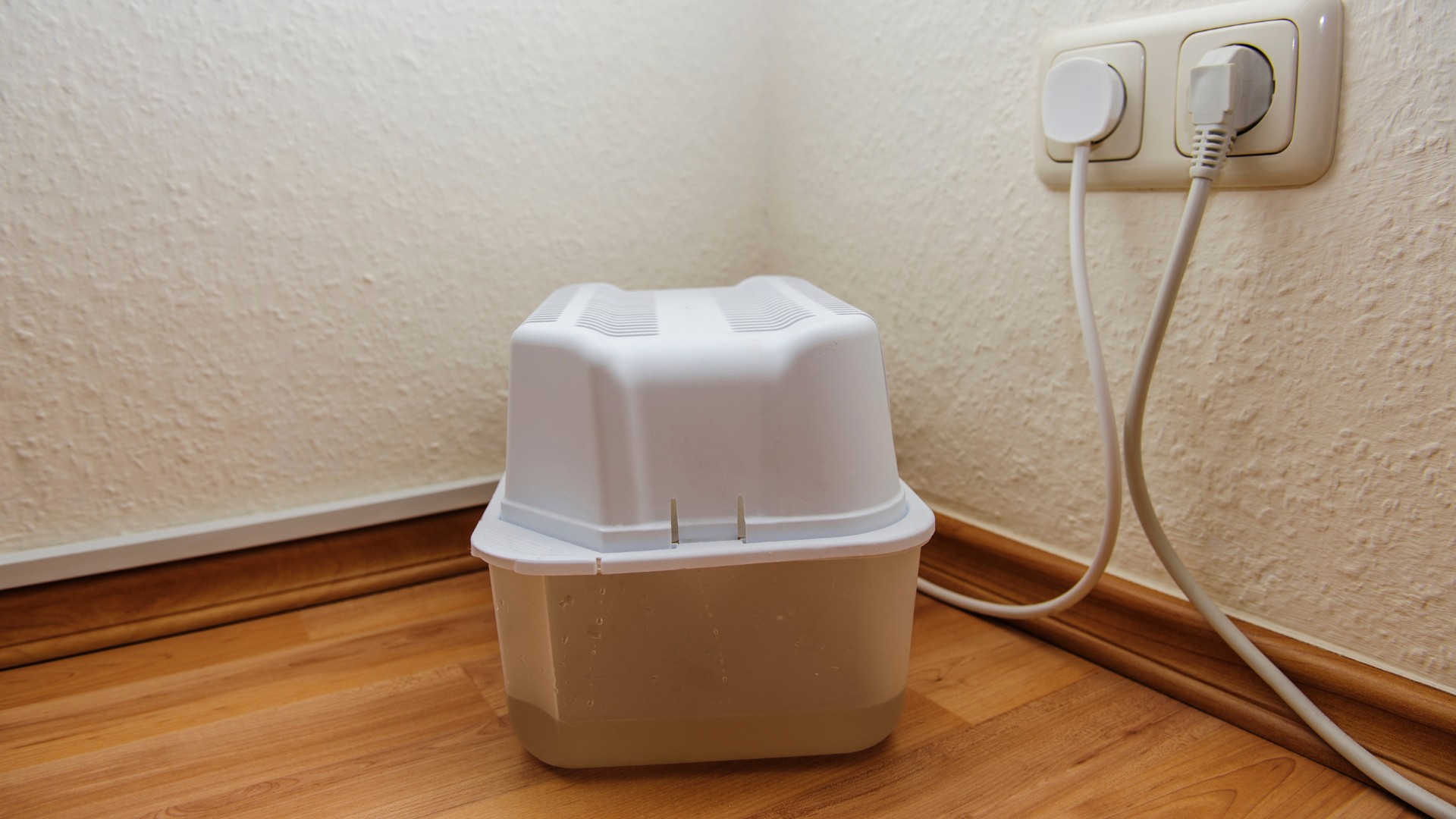
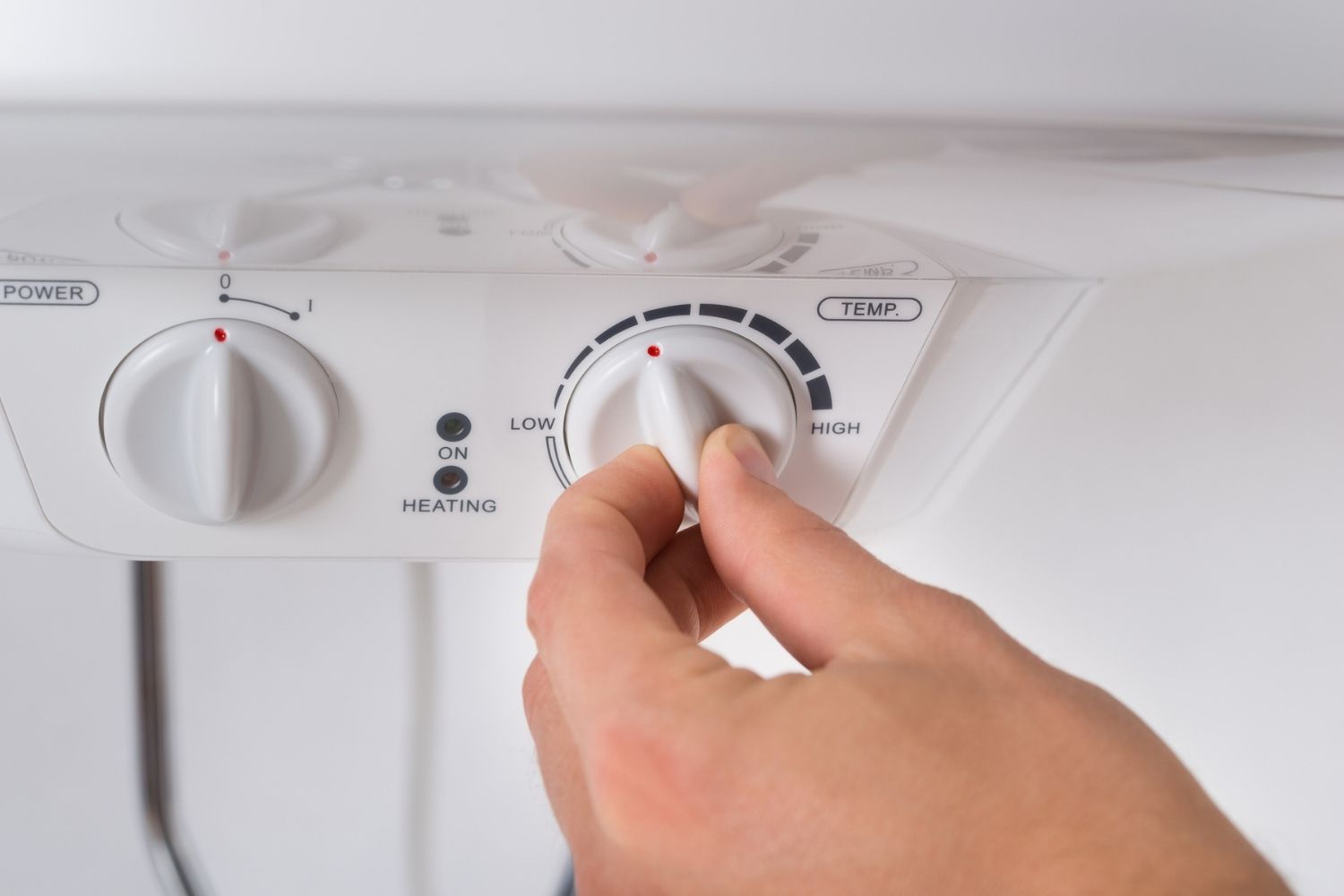
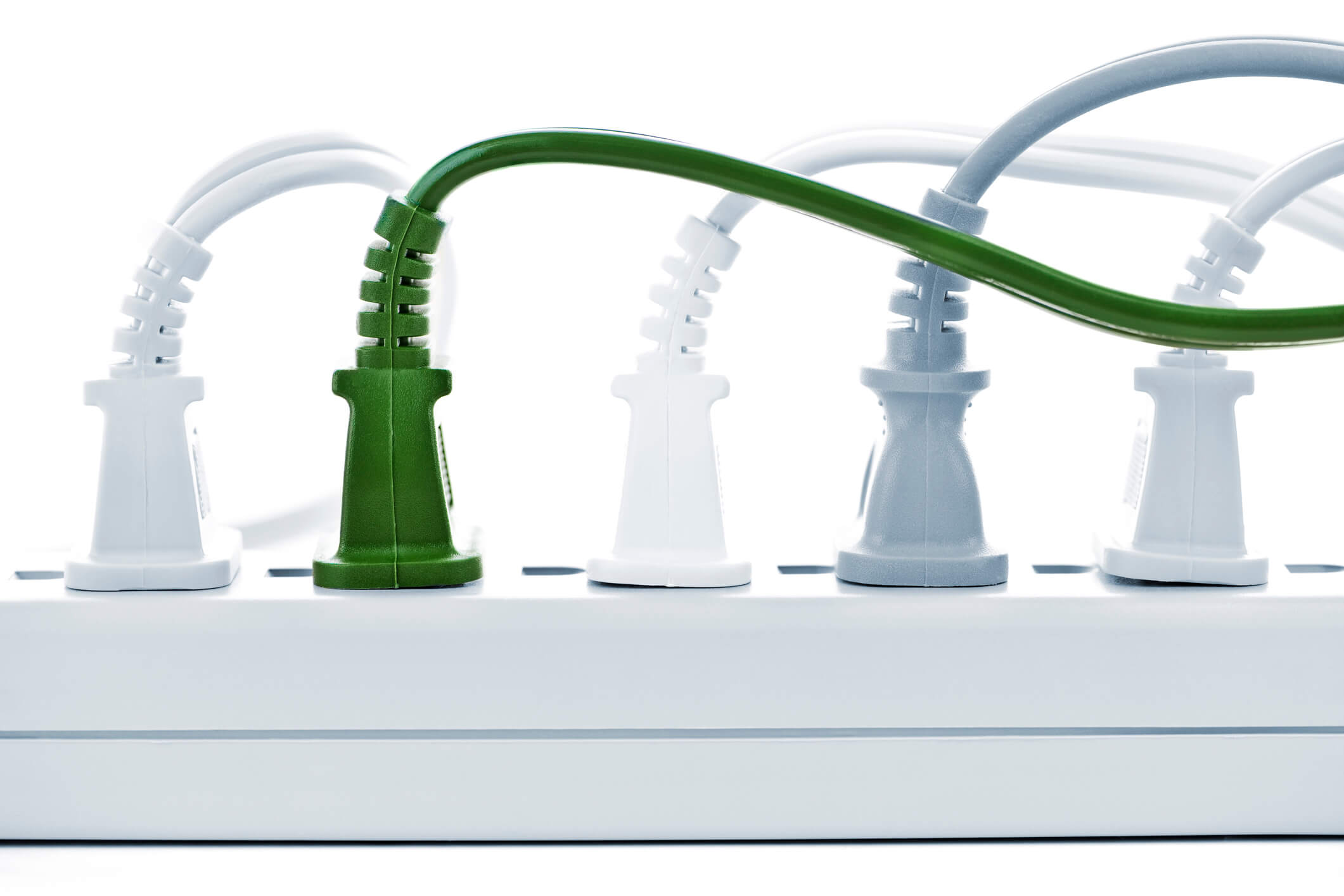
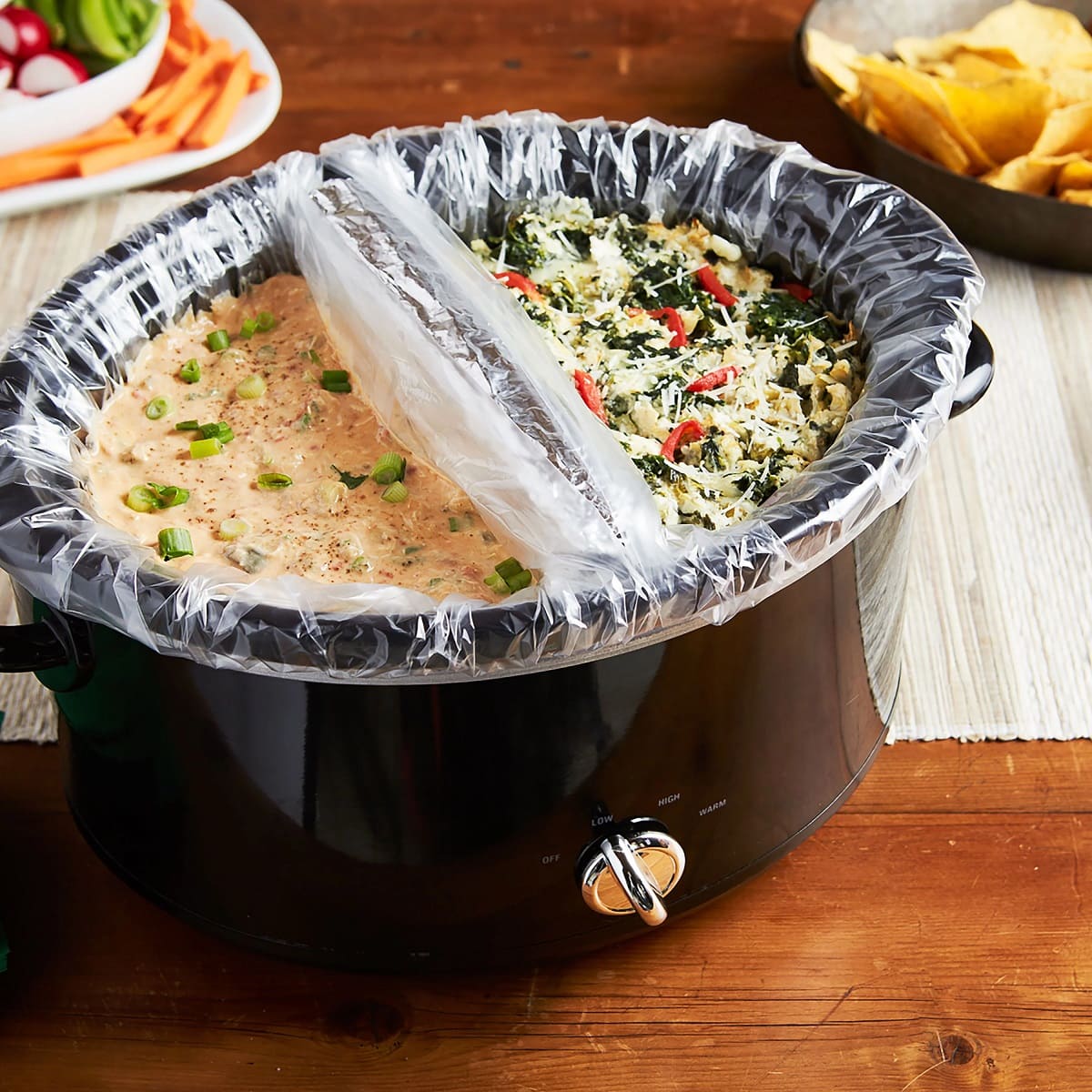
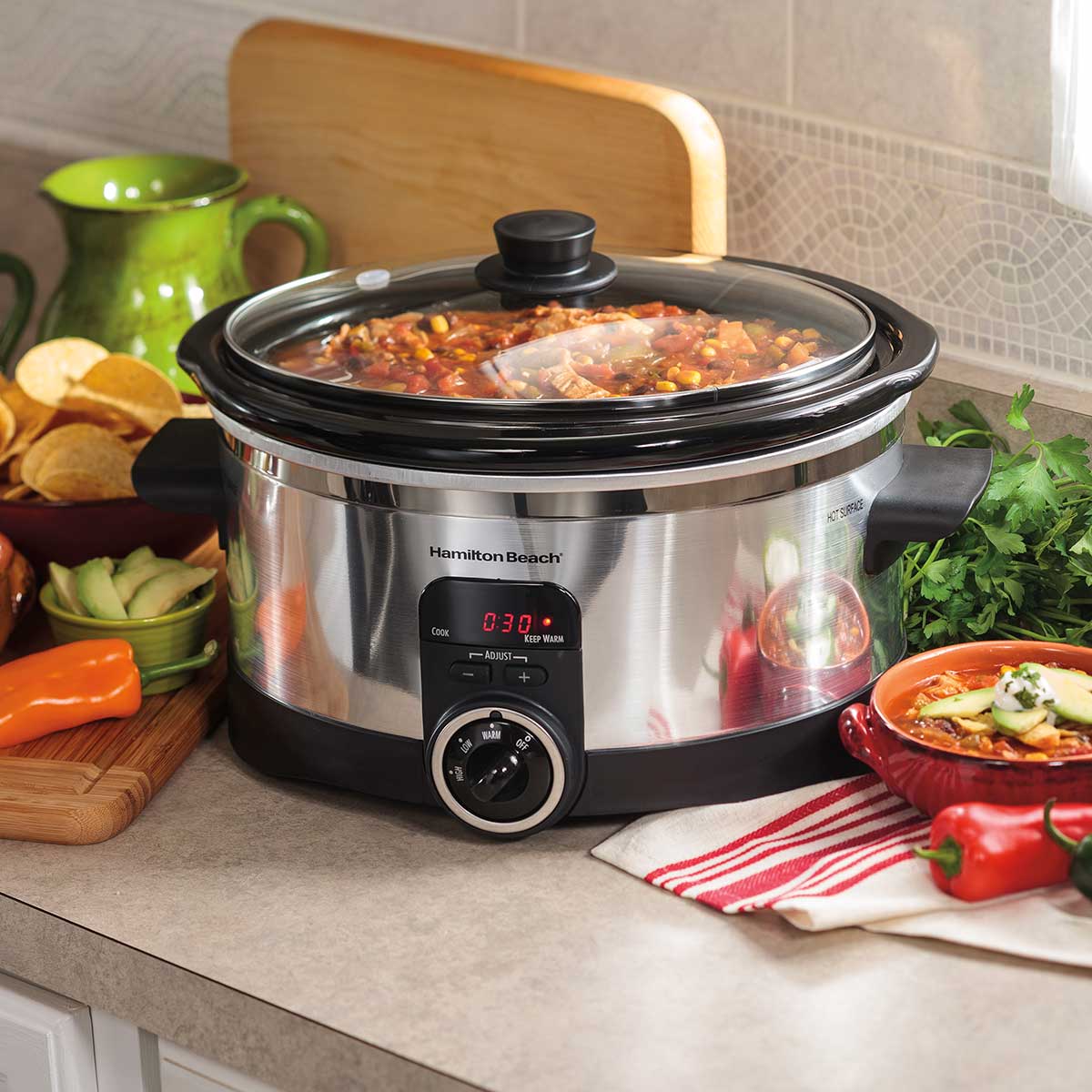
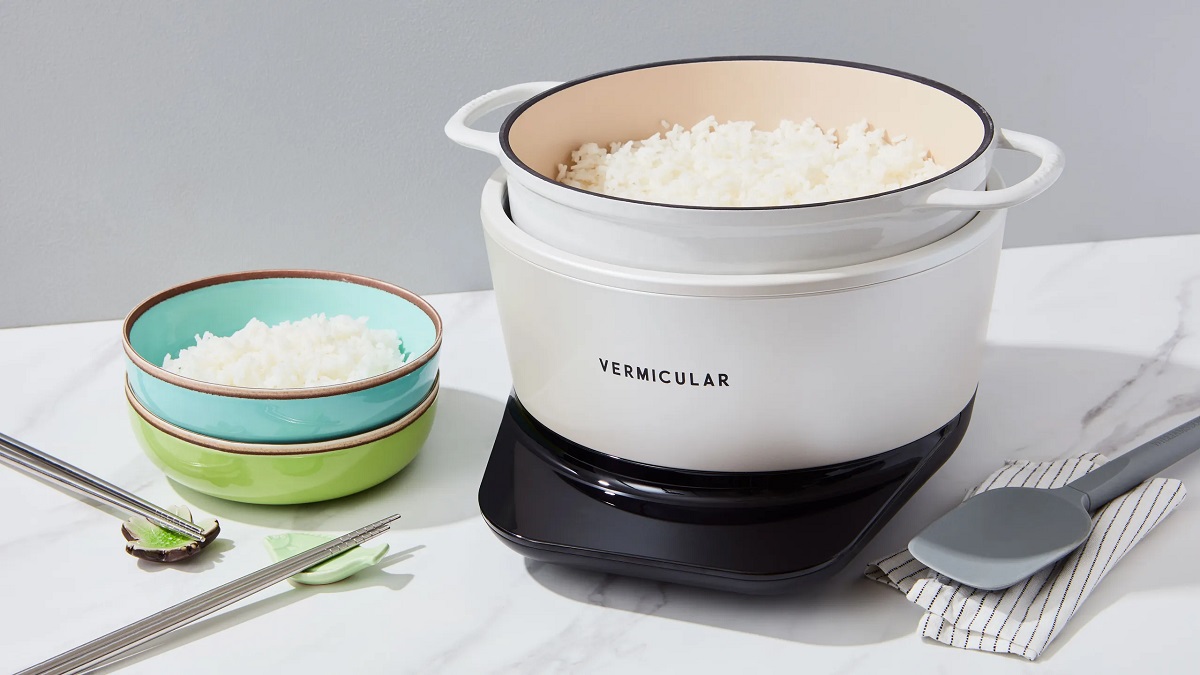
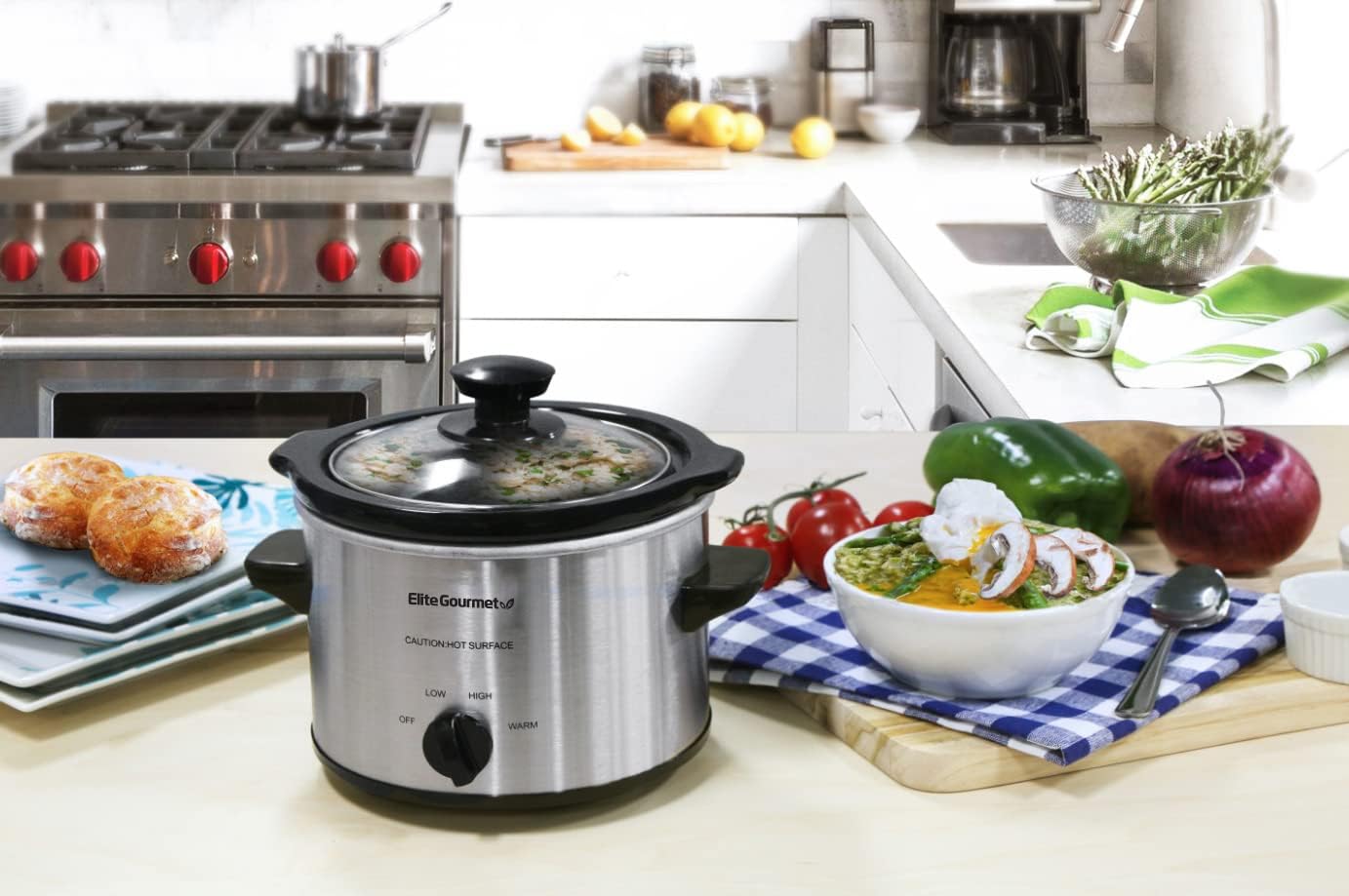
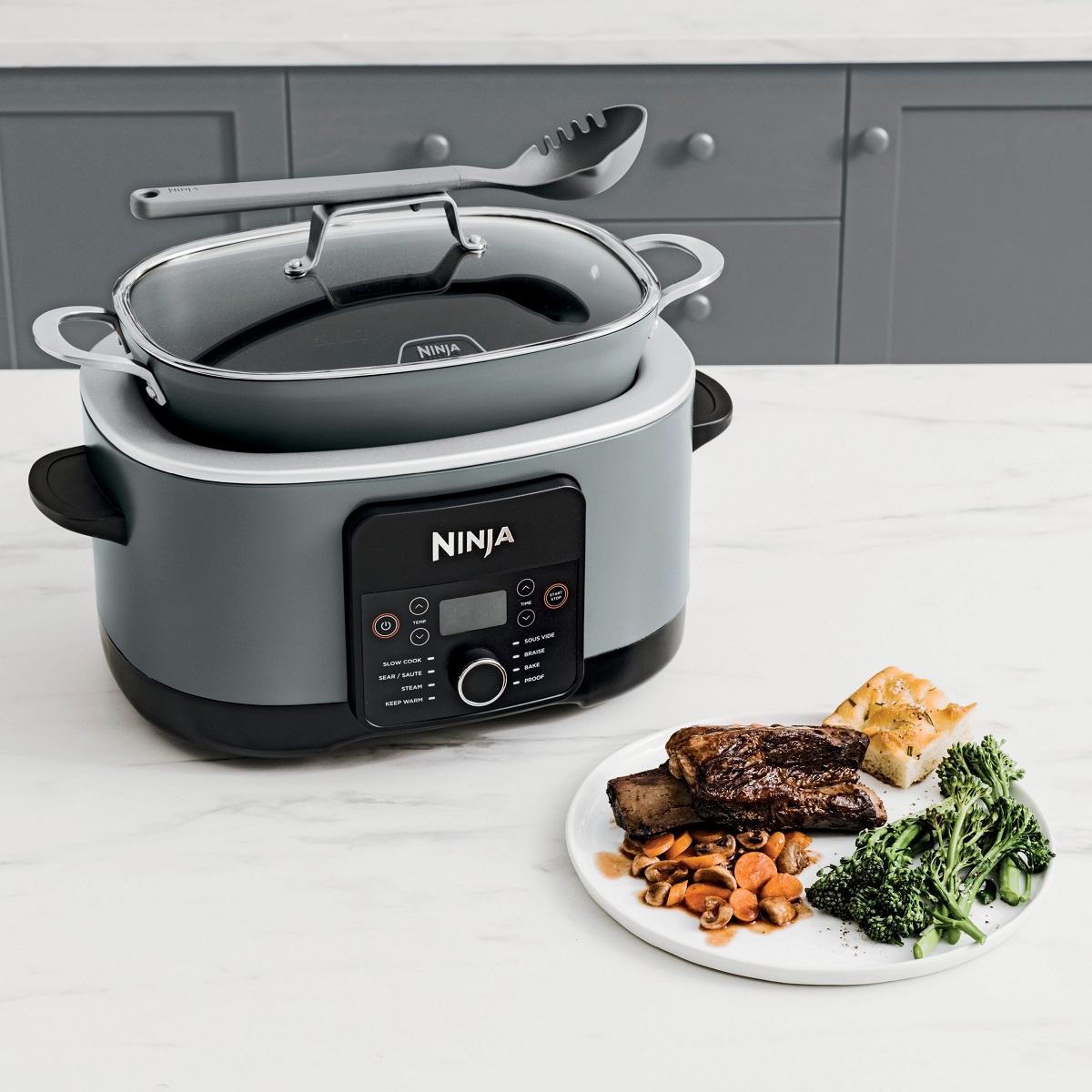
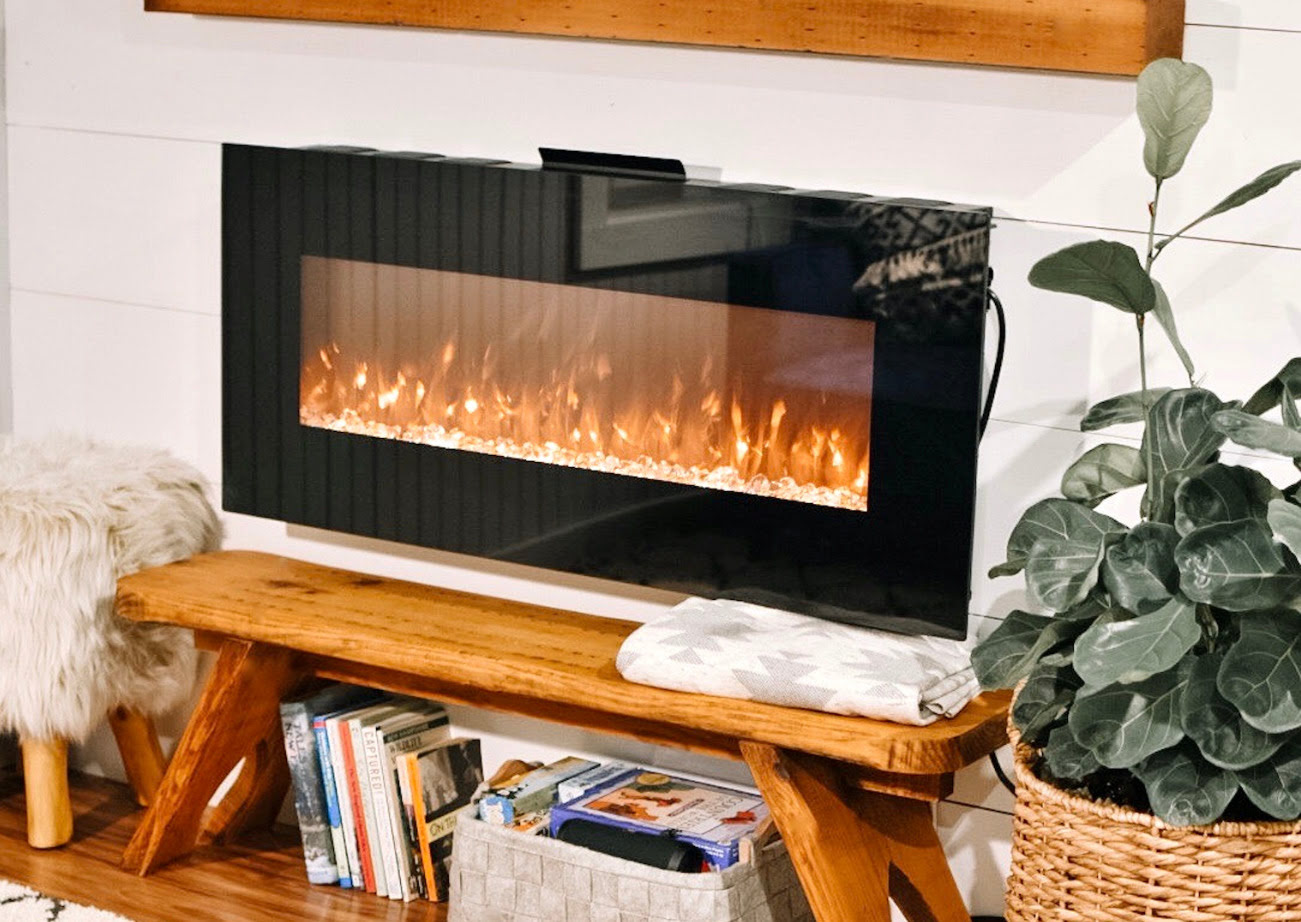
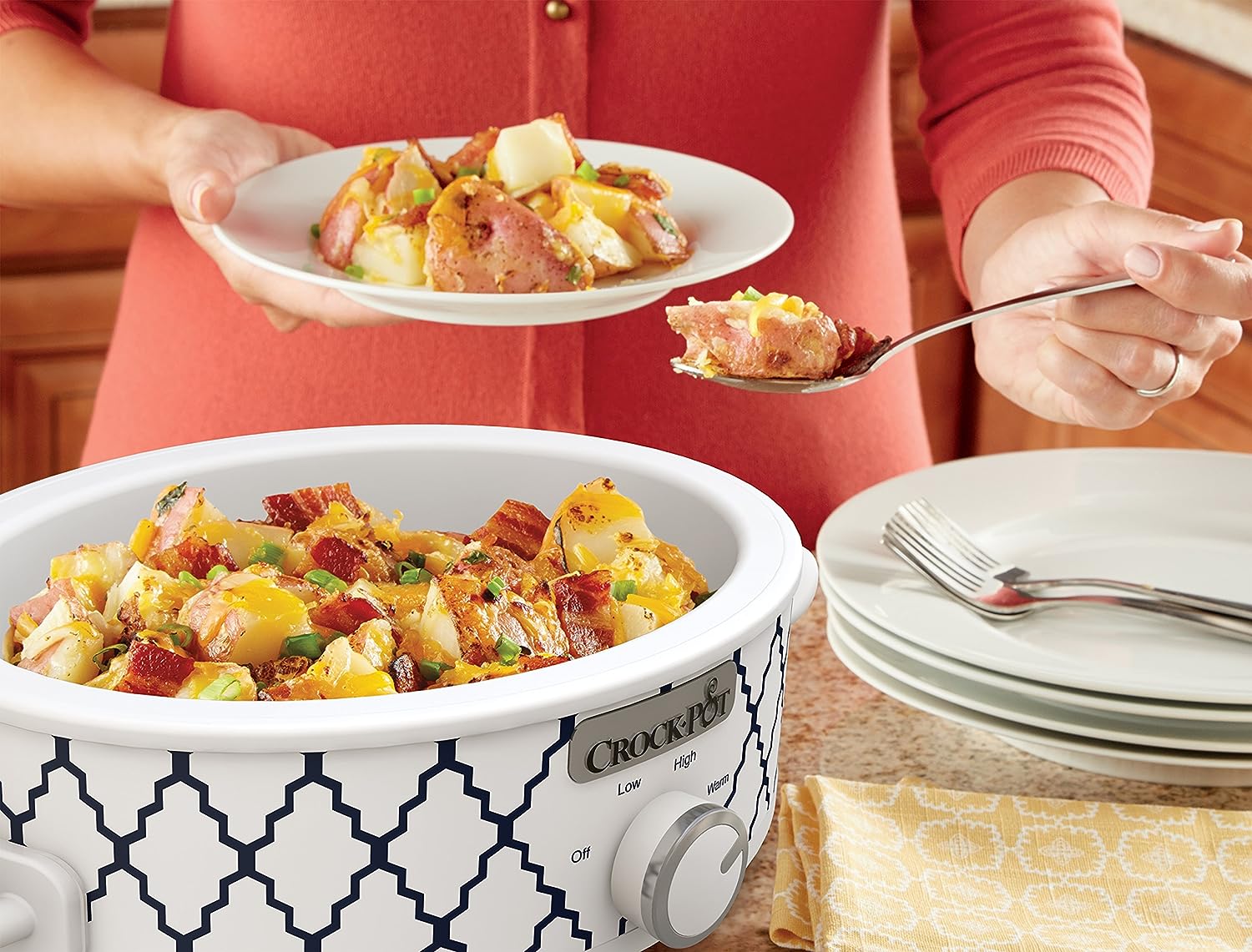
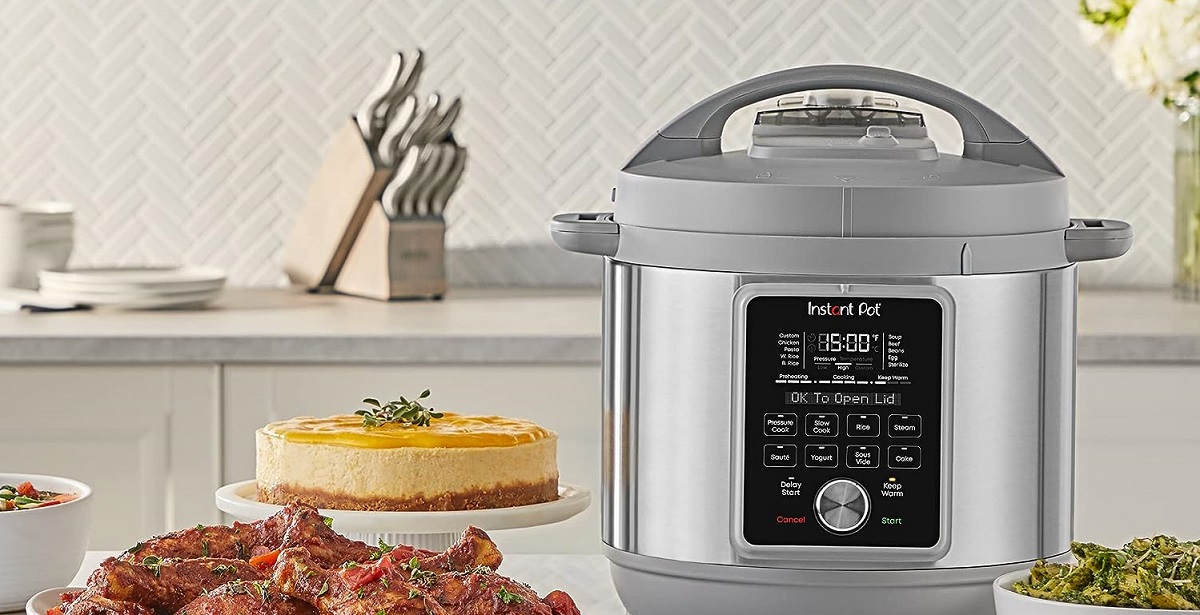
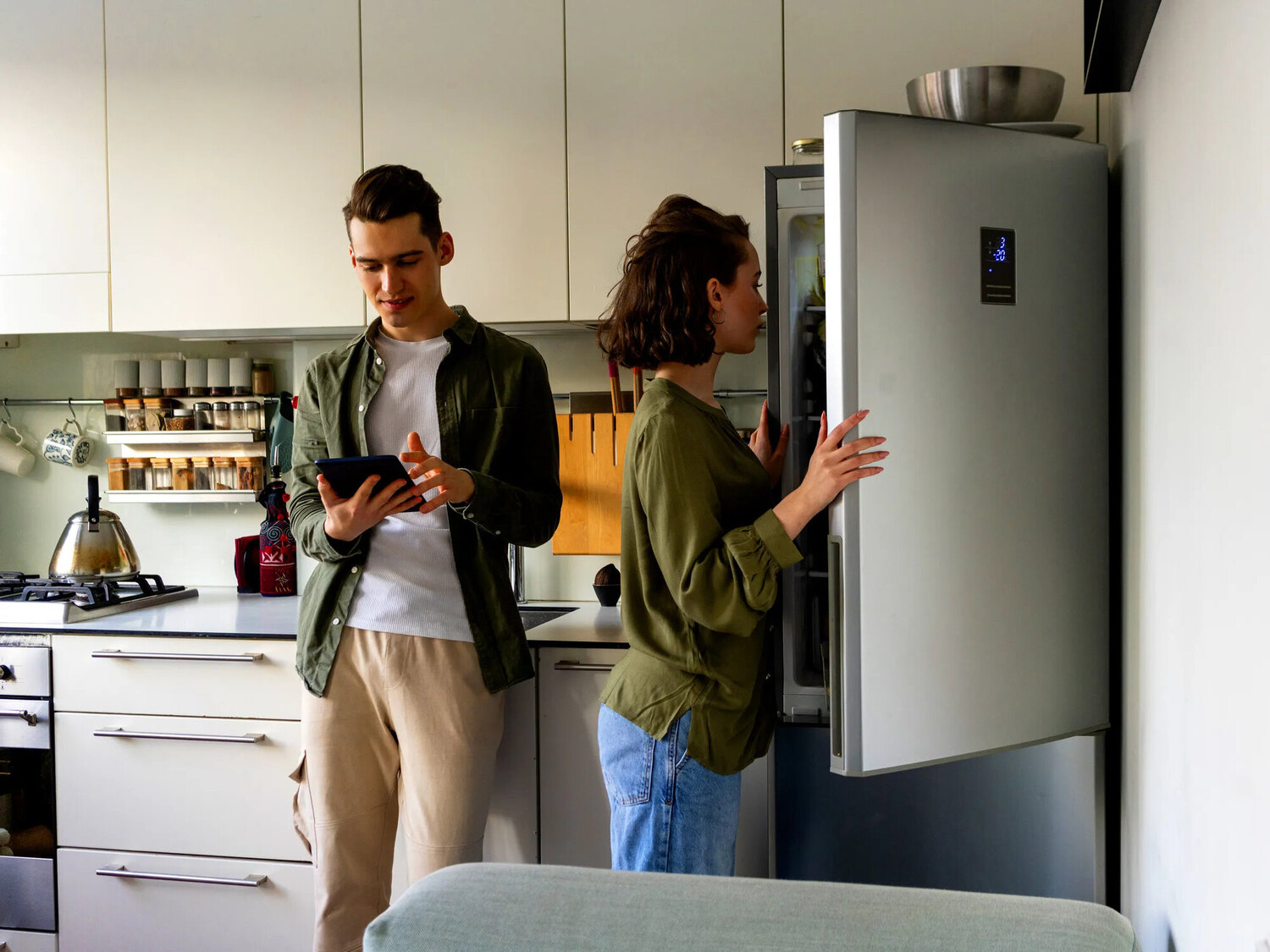
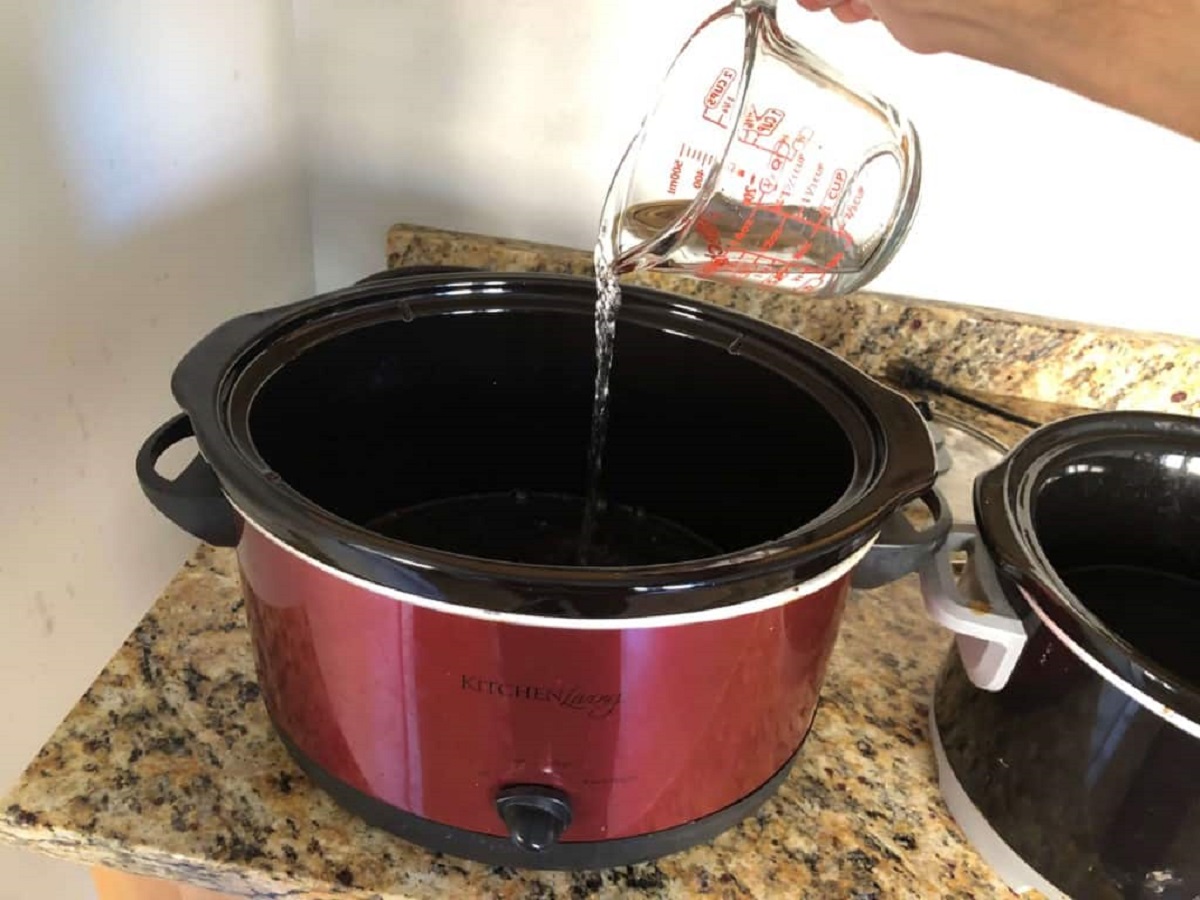
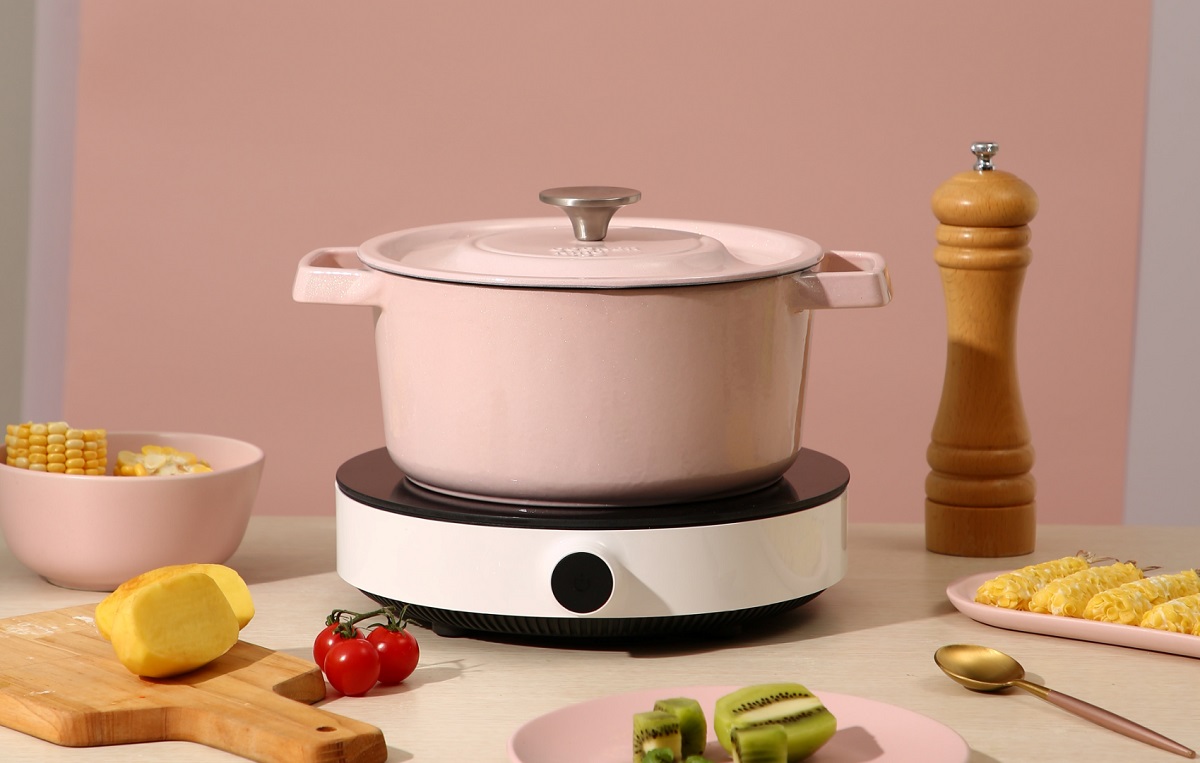

0 thoughts on “How Much Power Does A Slow Cooker Use”